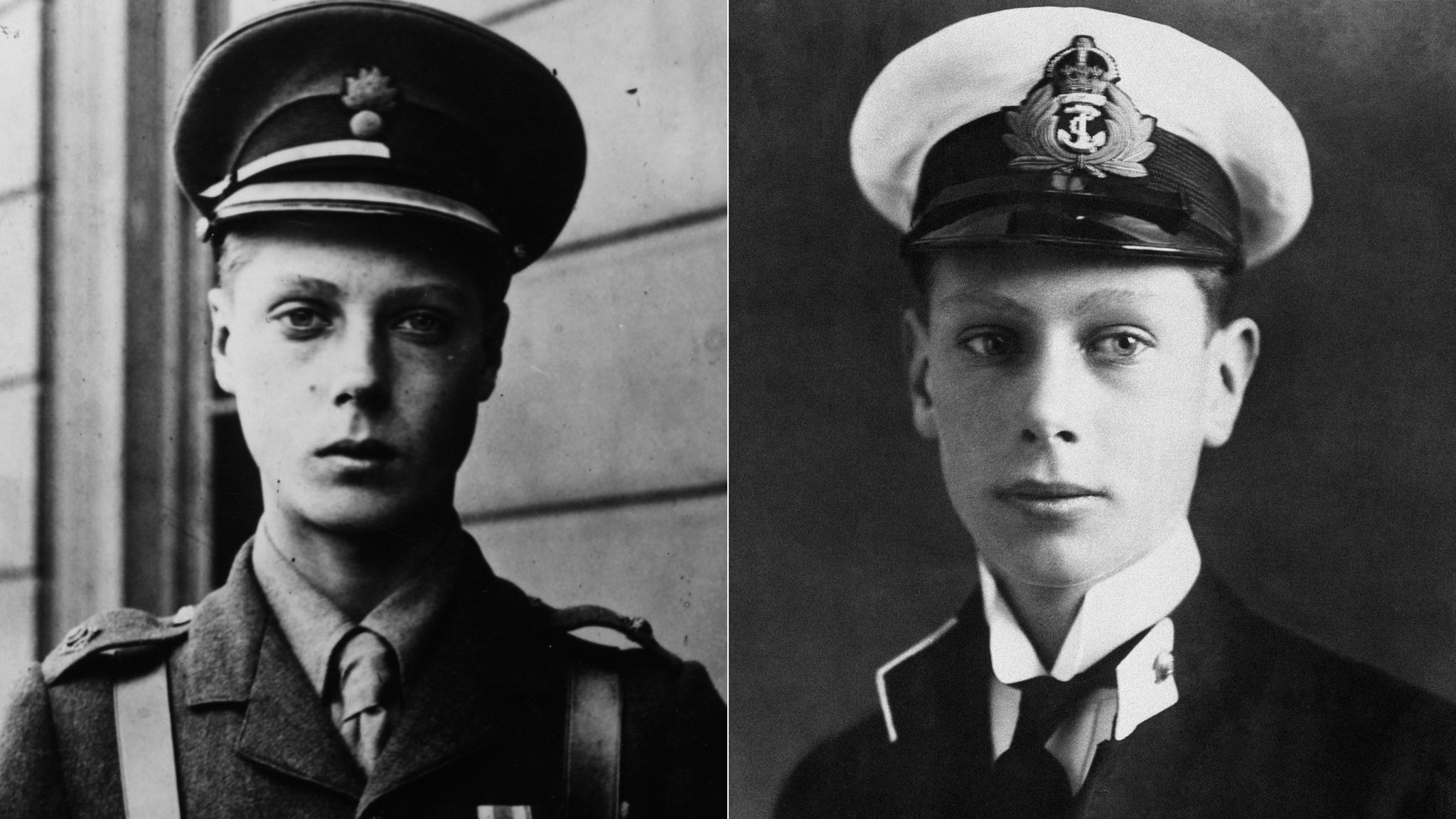Battle of Jutland story goes on show in Portsmouth
- Published
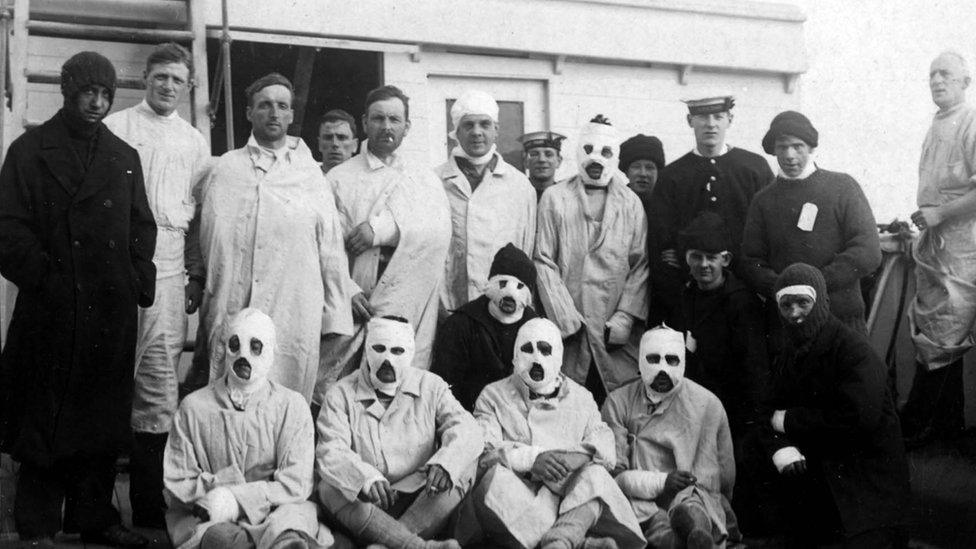
Many striking images from the battle feature in the exhibition including this one of Jutland casualties from HMS Tiger on HMS Plassy
The story of the 36-hour Battle of Jutland is being told in an exhibition marking its centenary at the National Museum of the Royal Navy in Portsmouth.
On display are artefacts, photographs and personal diaries recording the battle taken from private collections, the Royal Navy and other museums.
The World War One battle was fought near the coast of Denmark's Jutland Peninsula from 31 May 31 to 1 June.
More than 8,600 British and German sailors died in the battle.
Highlights include a silver biscuit box from HMS Lion which is believed to have been in Nelson's cabin onboard HMS Victory during the Battle of Trafalgar.
The large deck gun from the German B98 destroyer has also been loaned to the exhibition from the Scapa Flow Visitor Centre and Museum at Lyness, Orkney.
A Victoria Cross and ensigns flown by British warships are also on display.
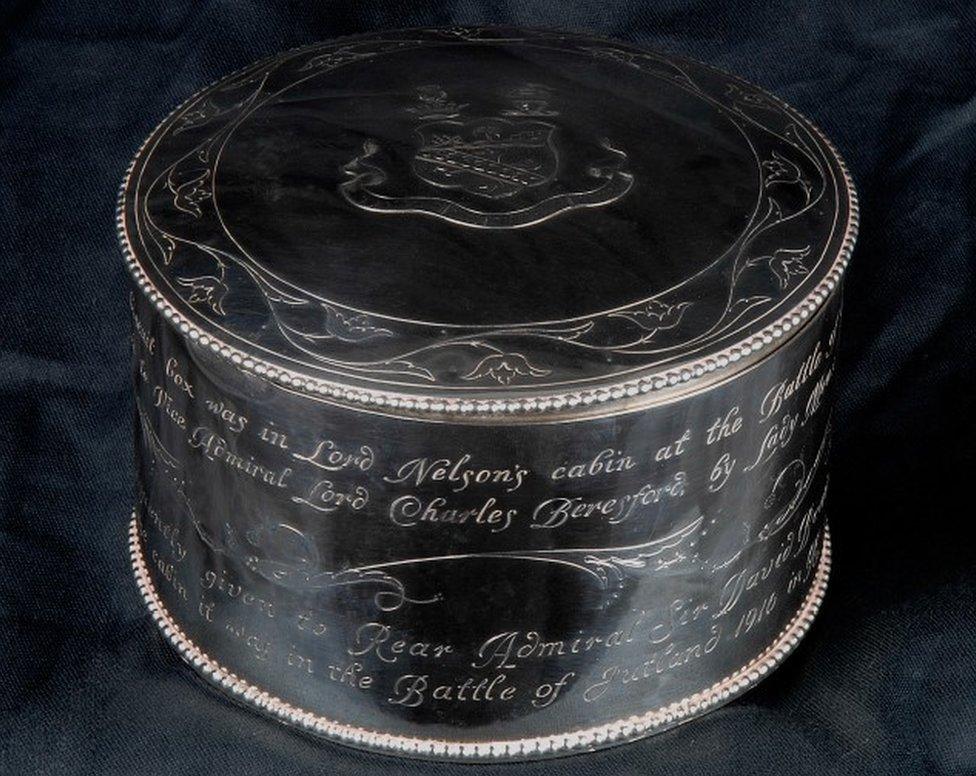
A silver box believed to be the only artefact present at both the Battle of Trafalgar and the Battle of Jutland is one of the exhibition's highlights
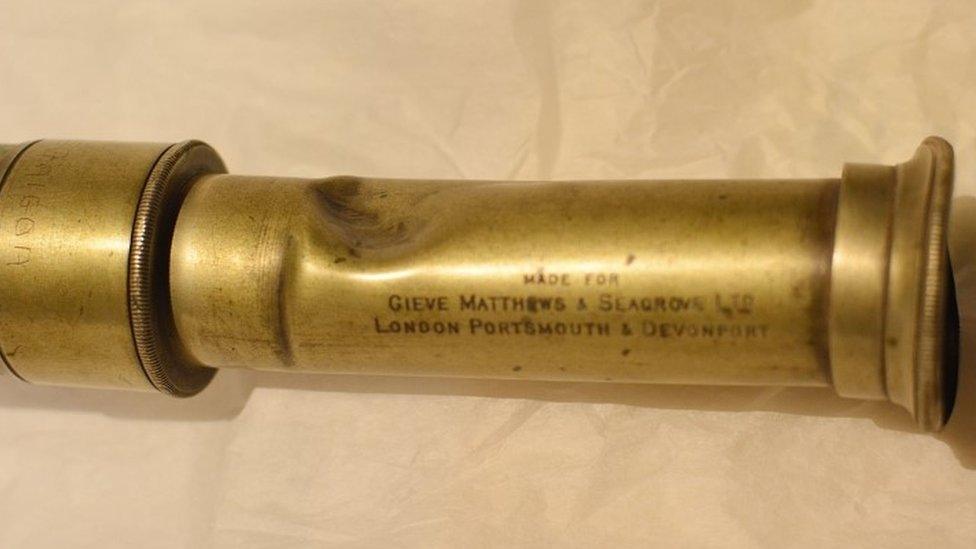
The telescope which saved the life of Lieutenant Rhoderick McGrigor who served aboard the battleship HMS Malaya is among the artefacts
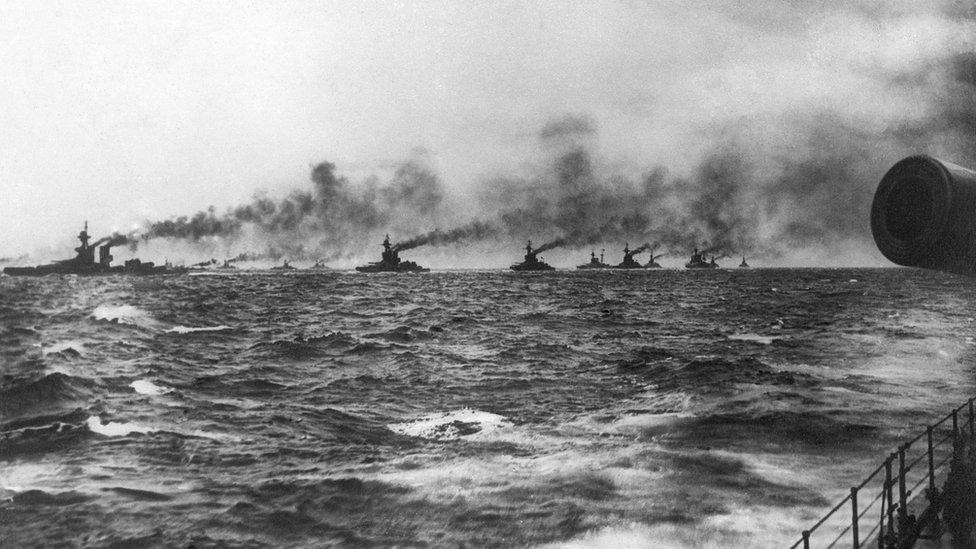
The exhibition features many photographs from the battle. Here Dreadnought Battleships of the Grand Fleet patrol the North Sea
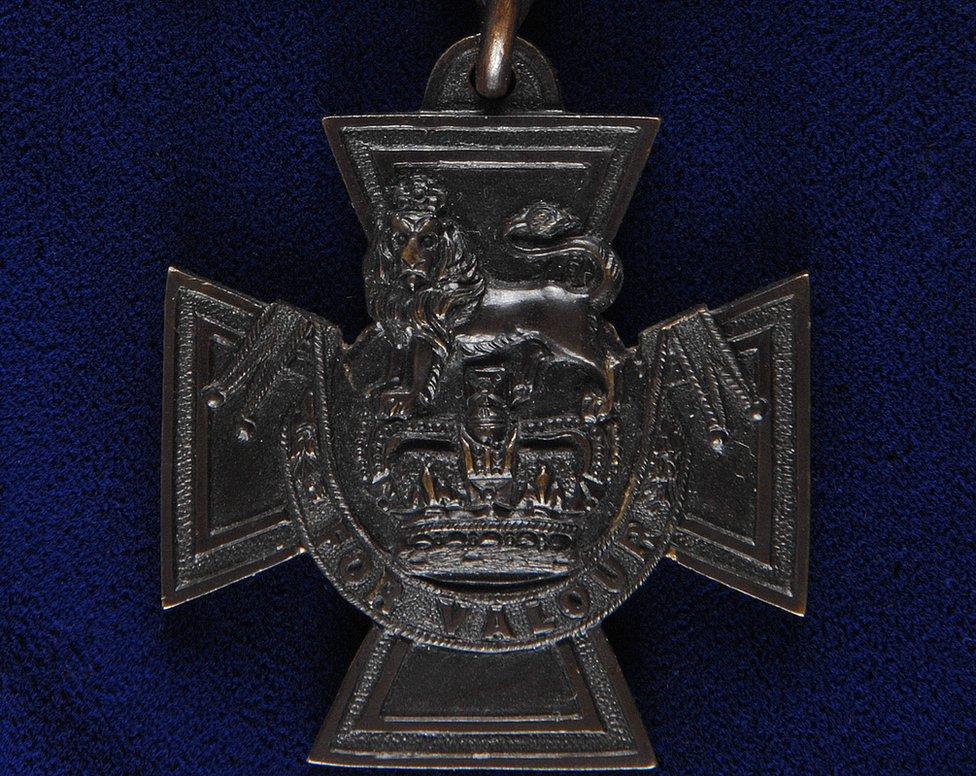
The objects on show include the Victoria Cross awarded to Major Francis Harvey who was mortally wounded by German shellfire
The museum said many of the items, including a sketch of Jack Cornwell, a 16-year-old sailor who won the Victoria Cross for outstanding bravery during the battle, have never been exhibited in public.
The battle involved about 250 ships and 100,000 men. More than 6,000 British personnel and 2,500 Germans died.
The British lost 14 ships and the Germans 11. When the guns fell silent both sides claimed victory.
The exhibition is expected to close in 2019.
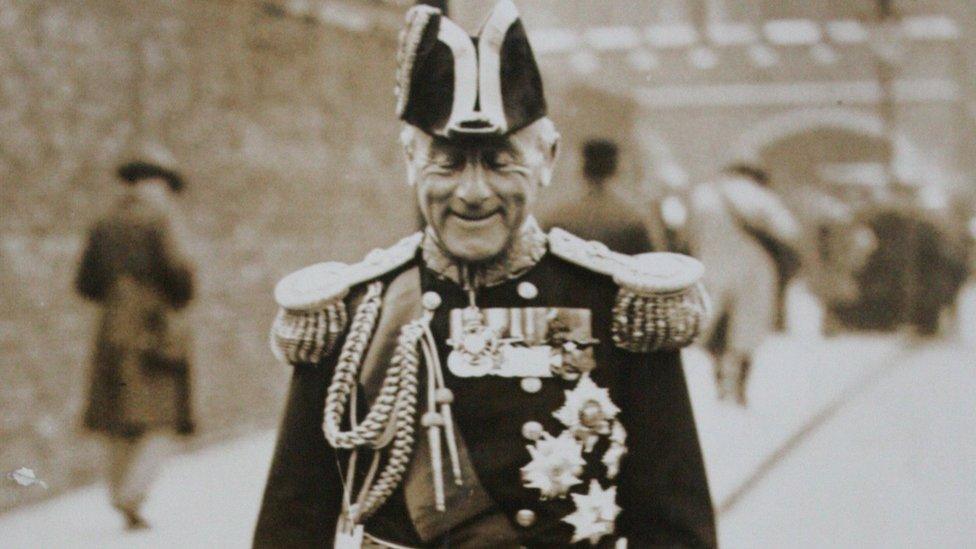
Many private items have been loaned to the exhibition including this portrait of Admiral Sir John Rushworth Jellicoe who was in command of The British flagship, HMS Iron Duke
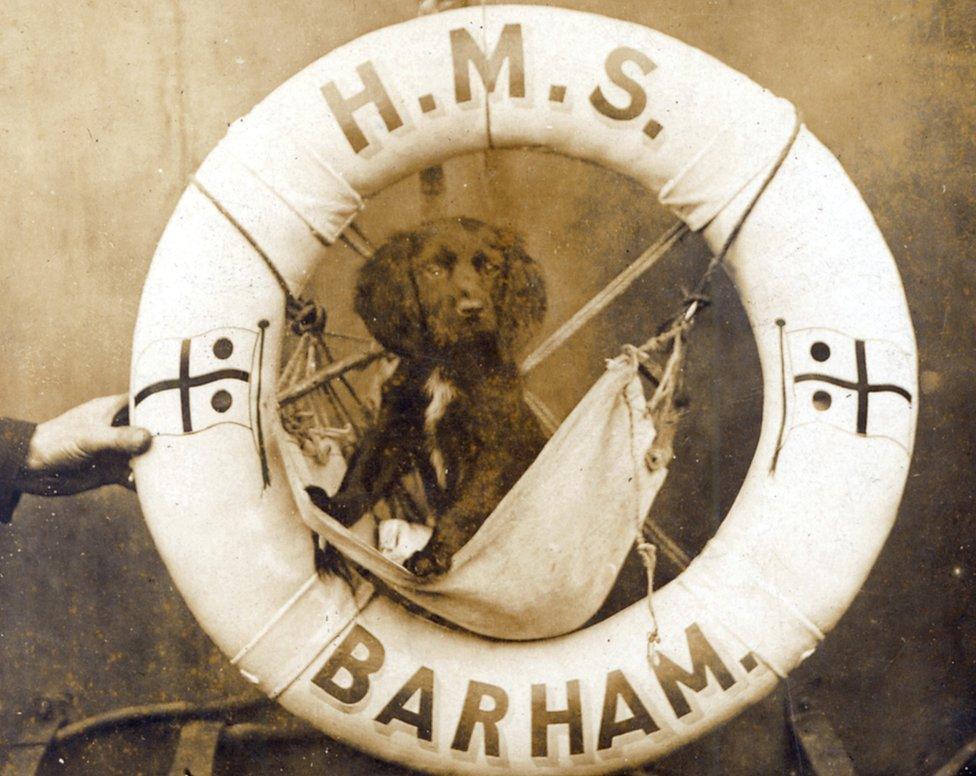
A photograph of an HMS Barham life ring and dog mascot
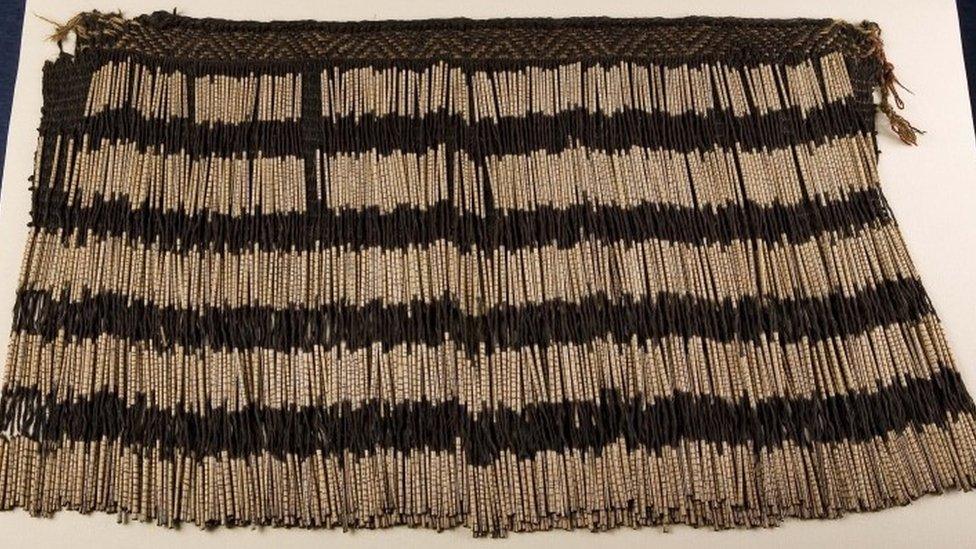
A traditional Maori skirt worn by the captain of HMS New Zealand during the battle has been lent to the exhibition
- Published22 April 2016
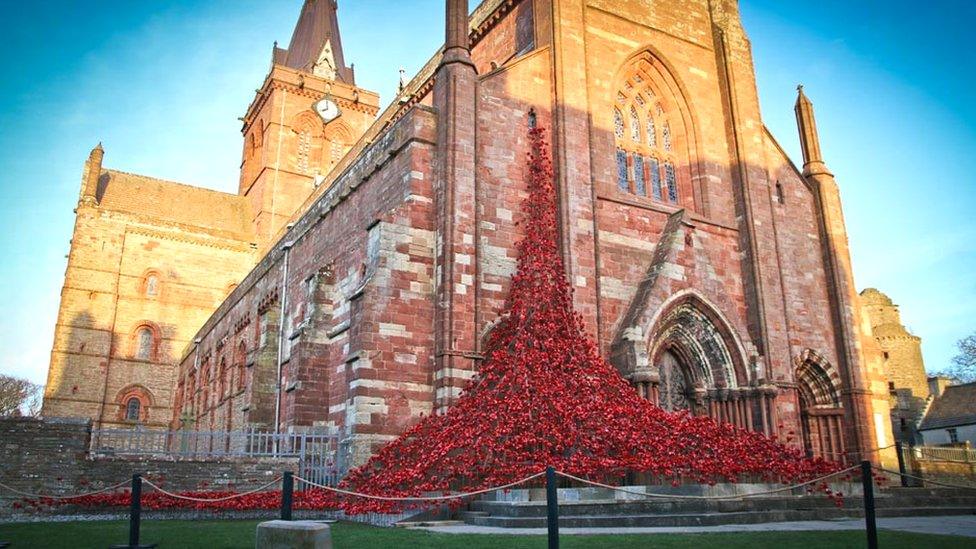
- Published30 March 2016
